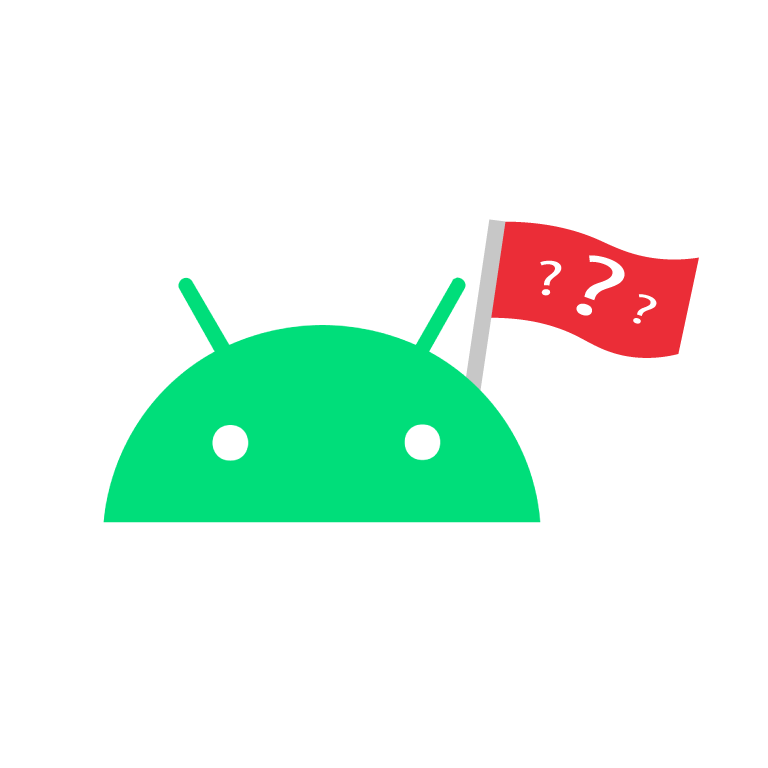

Thanks for the info. I have not really tested Seedvault myself so this is all good to know.
Ironically, one of the main reasons I switched to GrapheneOS was because Google’s backups were so frustrating and I was hoping Seedvault would be more comprehensive.








To elaborate on this a little, you can use Flatseal to specify which directories a Flatpak app can have access to directly. For example, in a music player that stores the path of your music library, you’d want to use Flatseal to be sure it has direct access to that folder. This is similar to GrapheneOS’s storage scopes.
Aside from that, apps can also call on a file picker that lets you choose any file/folder on your system, and flatpak then creates a virtual path to bridge to that file/folder without exposing the entire rest of the filesystem. This is nice for one-time open/save commands, but doesn’t work for apps that need persistent access to a specific directory like in the music player example. This is similar to Android’s file provider API.
I don’t recall off the top of my head what flatpak apps have access to by default. Some subset of the home folder, I think?